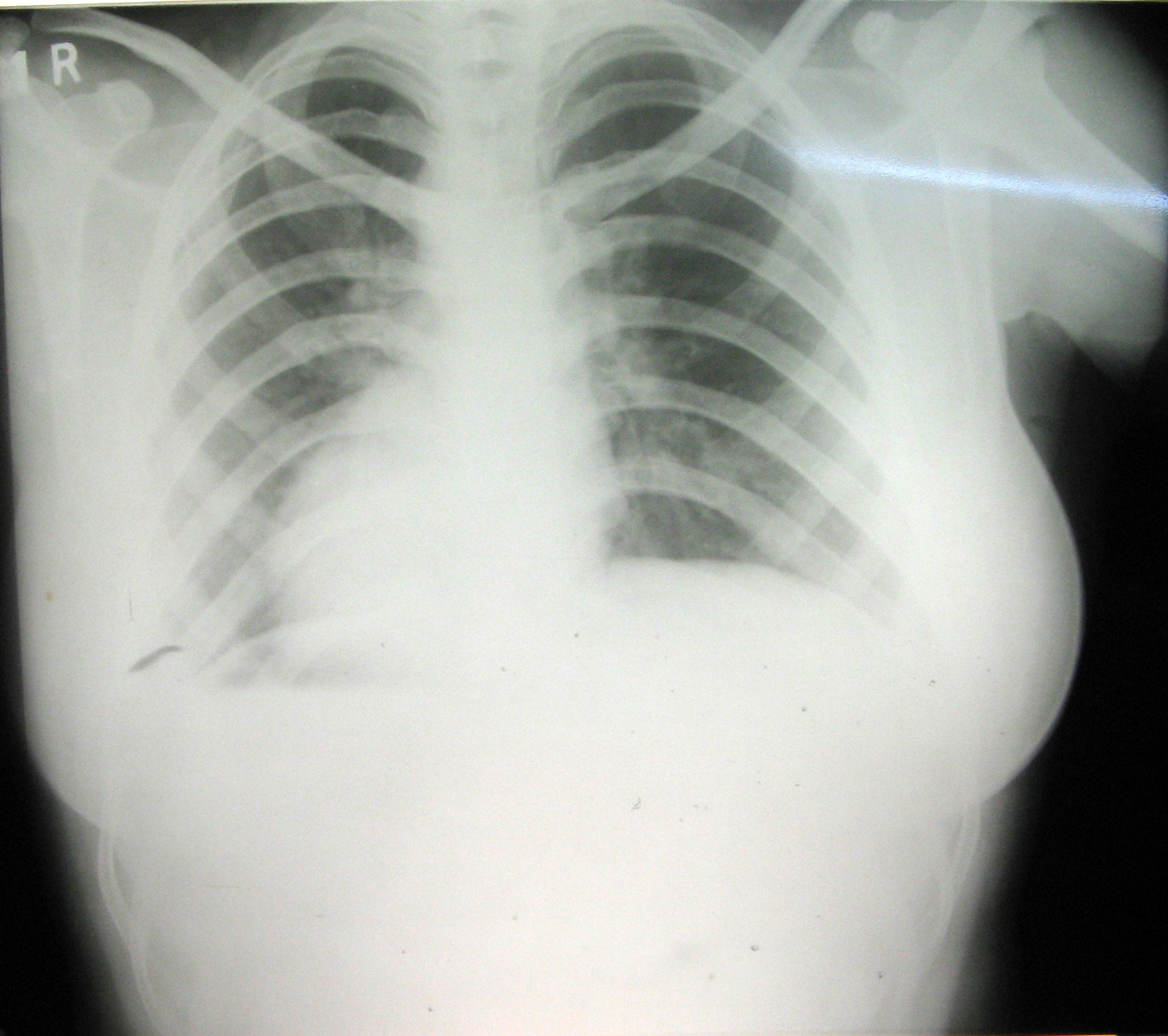Inverted P wave
|
WikiDoc Resources for Inverted P wave |
|
Articles |
|---|
|
Most recent articles on Inverted P wave Most cited articles on Inverted P wave |
|
Media |
|
Powerpoint slides on Inverted P wave |
|
Evidence Based Medicine |
|
Clinical Trials |
|
Ongoing Trials on Inverted P wave at Clinical Trials.gov Trial results on Inverted P wave Clinical Trials on Inverted P wave at Google
|
|
Guidelines / Policies / Govt |
|
US National Guidelines Clearinghouse on Inverted P wave NICE Guidance on Inverted P wave
|
|
Books |
|
News |
|
Commentary |
|
Definitions |
|
Patient Resources / Community |
|
Patient resources on Inverted P wave Discussion groups on Inverted P wave Patient Handouts on Inverted P wave Directions to Hospitals Treating Inverted P wave Risk calculators and risk factors for Inverted P wave
|
|
Healthcare Provider Resources |
|
Causes & Risk Factors for Inverted P wave |
|
Continuing Medical Education (CME) |
|
International |
|
|
|
Business |
|
Experimental / Informatics |
Editor-In-Chief: C. Michael Gibson, M.S., M.D. [1]; Associate Editor(s)-in-Chief: Ayokunle Olubaniyi, M.B,B.S [2]
Overview
Ordinarily, an impulse traveling from a point high in the atrium to the ventricle is right side up on the electrocardiographic tracing, but if this pacemaker impulse originates in lower part of the atrium, the orientation of the electrical vector may cause it to appear upside down or to be an "inverted P-wave".
Classification
Inverted P waves can be classified into two based on the leads affected. They are:
Those Causing Inverted P waves in Leads I and aVL
- Dextrocardia
- Misplacement of leads a.k.a technical dextrocardia
Those Causing Inverted P waves in Leads II, III, and aVF (inferior leads)
This involves all the conditions which cause a retrograde atrial activation i.e. an upward flow of electrical currents from an ectopic focus in the lower atrium or AV node. They include:
- Ectopic foci in the lower atrium
- Atrioventricular Origin
- Ventricular origin
Pathophysiology
During the normal atrial depolarization, the electrical impulse originates from the SA node in the right atrium and flows downwards through the right and left atrial muscle to the AV node (right to left depolarization). This movement of electrical current points towards the positive pole of lead II and the negative pole of lead aVR. Therefore, the normal sinus P wave is positive (upright) in lead II and negative (inverted) in lead aVR. However, when the flow of electrical current is from an ectopic focus either in the lower part of the atrium or in the AV junction, the current moves in the upward direction from the left to the right (left to right depolarization), consequently, leading to a reversal of the normal i.e. negative P wave in lead II and positive in aVR. The abnormalities in the morphology of P waves are best evaluated in the inferior leads of the EKG - leads II, III, and aVF.
Dextrocardia
This is a condition in which the heart is situated on the right side. Therefore, the flow of electrical impulse originates from the left side and terminates on the right (a reversal of the normal). The resultant effect on EKG include:
- Right axis deviation
- Positive QRS complexes (with upright P and T waves) in aVR
- Lead I: inversion of all complexes, aka ‘global negativity’ (inverted P wave, negative QRS, inverted T wave)
- Absent R-wave progression in the chest leads (V1-V6)

Misplacement of Leads
This refers to the inadvertent misplacement of limb or precordial leads which results into an abnormal P wave, QRS, and abnormal R wave progression. However, in contrast to dextrocardia there is normal R wave progression in the chest leads. Typical features include:
- Inversion of lead I
- Reversal of Leads aVR and aVL
- Reversal of Leads II and III
Retrograde Atrial Activation
This occurs when there is a conduction of cardiac impulse from the ventricular to atrial direction. The origin of the electrical impulses could either be from:
- Ectopic foci in the atrium - This could be a single or multiple foci in the atrium. Foci within the atrium usually originate below the crista terminalis in the right atrium for it to have a significant effect on the P wave.
- AV node - This results into the various junctional rhythms e.g. AVNRT, AVRT.
- Ventricles - This results into ventricular tachycardia or rhythm.
Causes
- Dextrocardia
- Lead switch or misplacement
- Causes of retrograde atrial activation